until Abu Dhabi Autonomous Racing League

Motorcycle racing governing body the FIM’s new rules raising the minimum age of riders competing in grand prix racing have been met with acclaim but also plenty of surprise from the current MotoGP grid.
There’s not quite unanimous agreement that it’s a worthwhile step but a significant number of racers agree it’s a move in the right direction.
The new rules, which come fully into force from 2023, will mean the minimum age in which a rider can join any grand prix class is raised from 16 to 18, with subsequent increases throughout the various support classes that feed into Moto3.
This change and new rules on the maximum number of riders allowed to start a race come after an especially tragic season featuring multiple fatal accidents caused by the close pack racing that has become a hallmark of motorcycle racing’s lightweight classes.
And while some have questioned whether raising the minimum age alone is enough to significantly reduce risk, Repsol Honda rider Pol Espargaro (pictured below as a 125cc rider in 2010) was among those to admit that they were different people when they were only a few years older as they matured and grew more experienced.
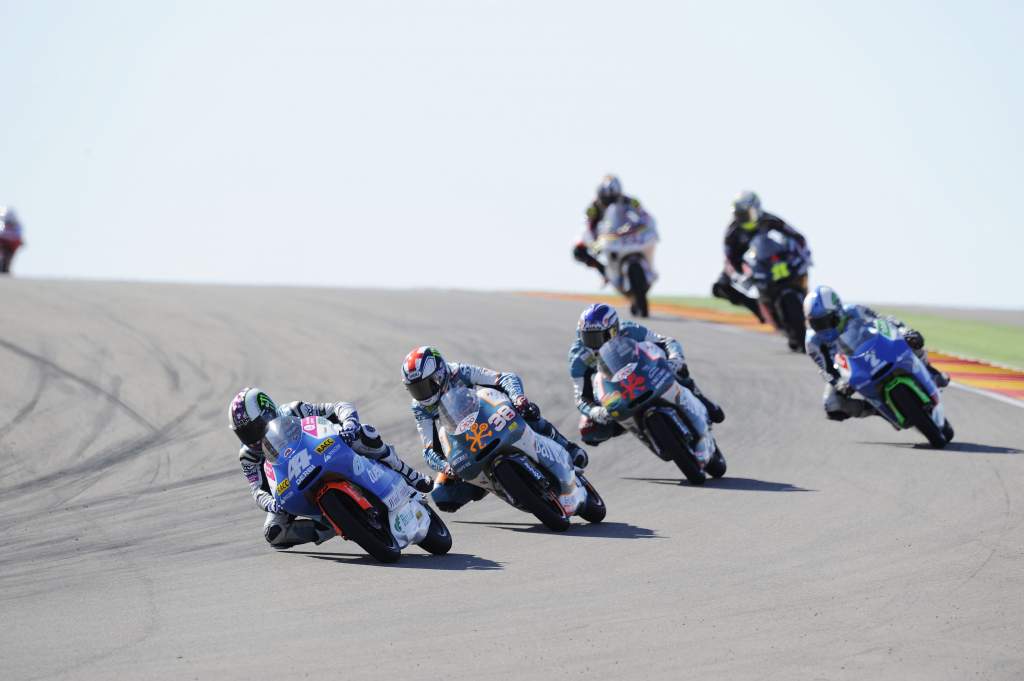
“It’s controversial and it’s difficult,” he admitted, “and only time will tell us whether it’s right or not.
“But there are two things that are obvious. At 18 years old you are more mature. Your decisions are not taken in the same way, with the same approach.
“When I arrived into the world championship at 15 years old, I was very young and not thinking so much about safety – but at 18 I was fighting for the title.
“I felt more mature, I knew what I was doing, I knew why I was doing it, and for sure, 100% this is going to help the guys of Moto3.
“And what can you do? You can’t sit on the sofa seeing children of 16 or 17 years old dying in races of Moto3 or World Supersport 300. You need to do something, and if it’s good or not we’ll see – but with two more years, riders’ mentality will change.”
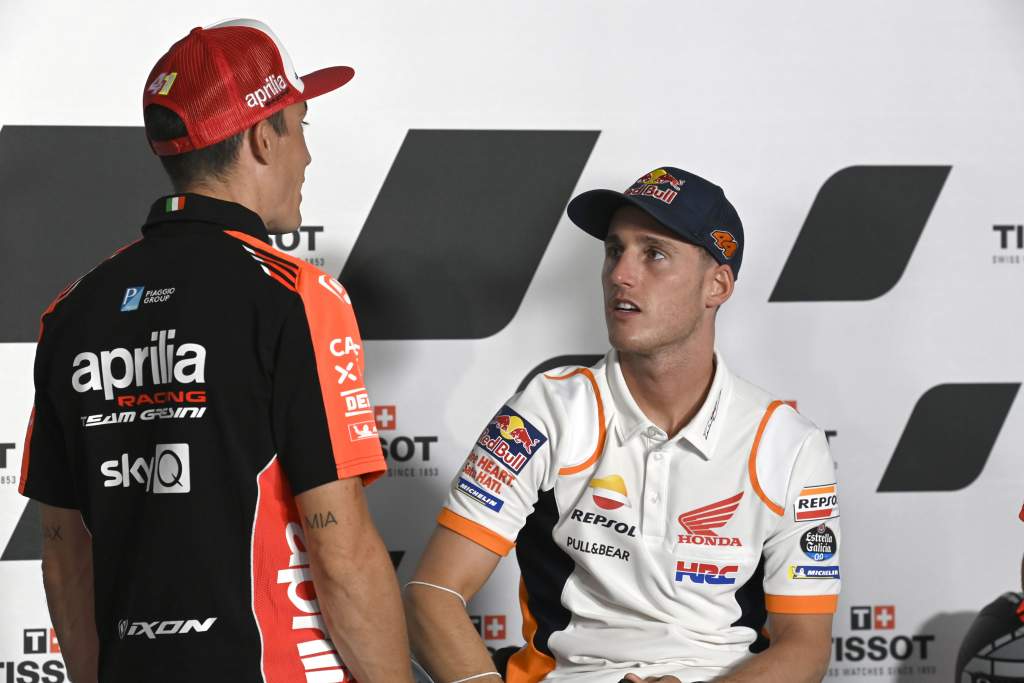
Those views were rather unsurprisingly echoed by his older brother Aleix, one of MotoGP’s most vocal safety advocates, who says that it’s an important first step towards improving the overall safety of the junior classes – and that it’s an opportunity to improve the whole pathway to MotoGP in a safer way.
“Last week, I was one hour on the phone with [MotoGP managing director] Carlos Ezpeleta exchanging ideas and trying to give my point of view and my help,” the elder Espargaro explained.
“I’m very happy with these new rules, even though the hooligan fan in me doesn’t think it’s nice because we all want to see the talented kids arrive early and do what [Pedro] Acosta is doing.
“But we have to use common sense and adapt to the times, and I think it’s the time to have these new rules.
“I’ve gained two years, because now I can retire two years later!
“But the most important thing is to try and educate the kids so that they arrive in the big tracks like Mugello or Barcelona properly.
“All over Europe we have really nice karting tracks where you can improve your skills. If you crash in the middle of one of those tracks and you get hit by another minibike, the weight is half, the speed is less than half.
“We don’t need to allow kids of 10 years old to do 200kph in big packs on big circuits. They can wait and improve their skills.”
Many a rider on the current MotoGP grid were racing in Moto3 well before turning 18, and a fair few expressed surprise when told by The Race about this new limit.
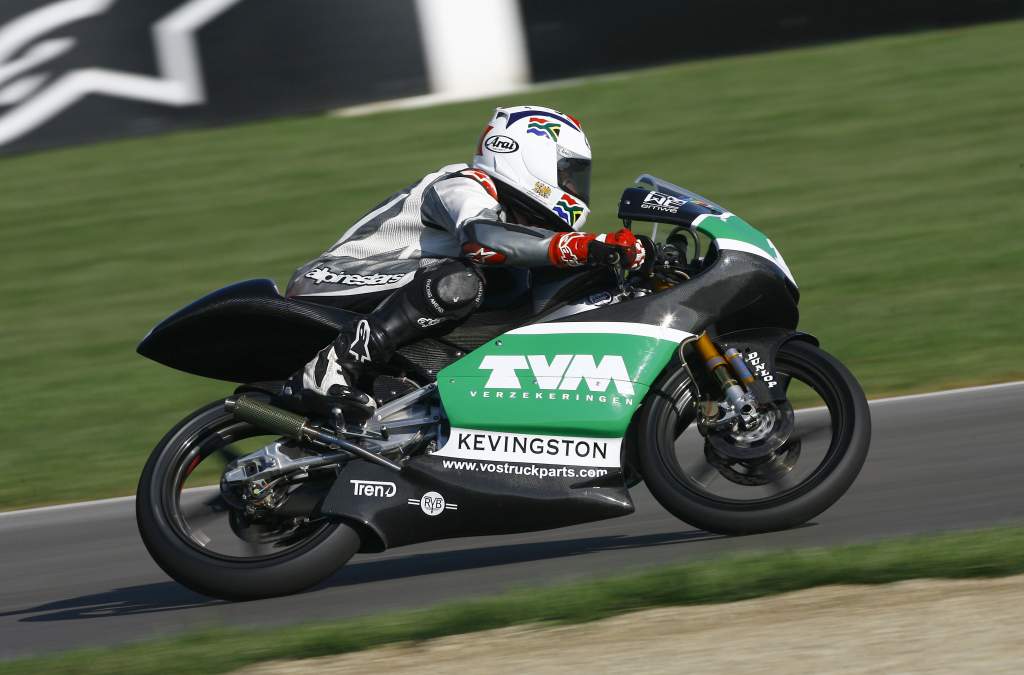
“Pwoah, 18… that’s tricky, eh? What are you going to do from 16 to 18 now?” KTM’s Brad Binder said, having made his Moto3 debut at 16 (pictured above).
When told the favoured category for that age bracket would probably be the Spain-based CEV Moto3 championship and its counterparts, Binder said: “I suppose. I don’t know, honestly, I started riding the GP 125s, which would be like your entry-level Moto3s, when I was 12, so… by the time I stepped up the into world championship at 16, I’d already been riding them for a long time. So if you have to wait another two years, it’s a lot of time on those little bikes.
“But the reality of it all is, you are more mature at 18 than 16. At least I know I was a lot sharper at 18 than I was 16… well, not a lot, but a little bit, and I suppose that has a lot to do with it at the end of the day.”
“I mean, yeah, at 18 years old I was [Moto3] world champion,” said Alex Marquez when it was put to him by The Race that this new legislation would’ve wiped out most of his Moto3 career.
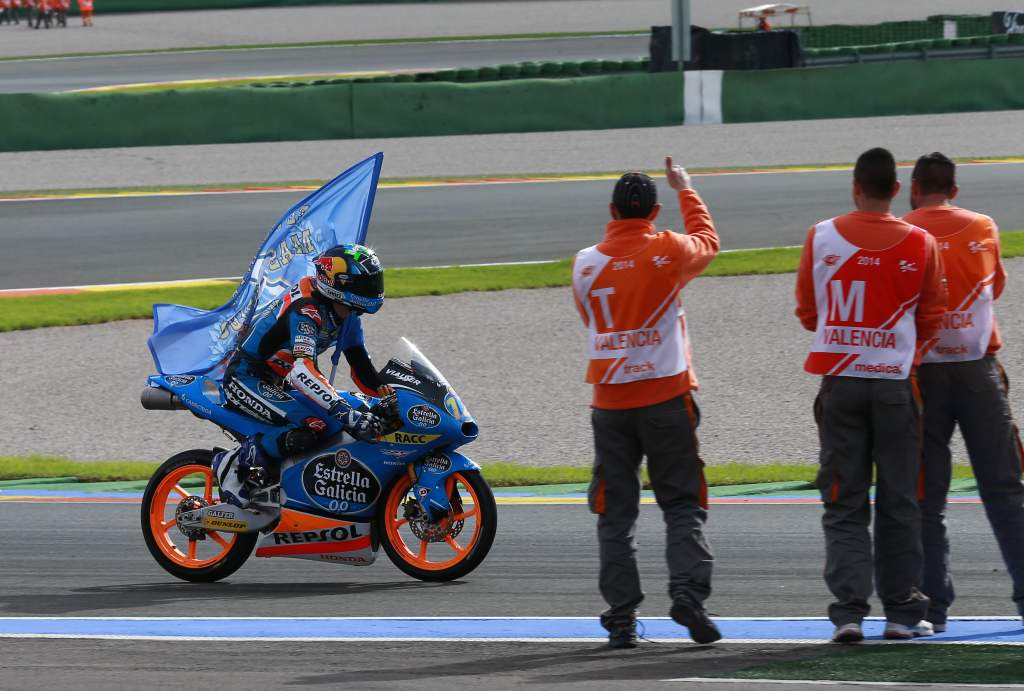
“The important thing and the thing that now we are seeing, that when I was riding in pre-GP Spanish championship, we had much less categories, much less starts, much less numbers of risk.
“All these categories I think they need to polish a little bit, make more clear where you go [at what age].”
Pramac Ducati rider Johann Zarco, who is now among the oldest on the grid at 31, said “18 for Moto3 is maybe a bit late, 17 could be a good age maybe – but I think it could be a good idea to take into consideration”.
Tech3 KTM’s Iker Lecuona, who joined Moto2 at only 16 years old and who had only 55 races of experience in the middleweight class before being promoted to MotoGP, says that he made the move too early, and that slowing down may well have done him more good than harm in the longer term.
“If I’m honest, when my old team gave me the opportunity to jump to the world championship at 16 years old my dad wasn’t very happy with me and he told me that,” the 21-year-old admitted.
“After every bad situation that has happened in the last two years, I think that it’s nice to change the rules.
“Honestly I jumped too early to Moto2 and to MotoGP, and it’s very good to have these rules.
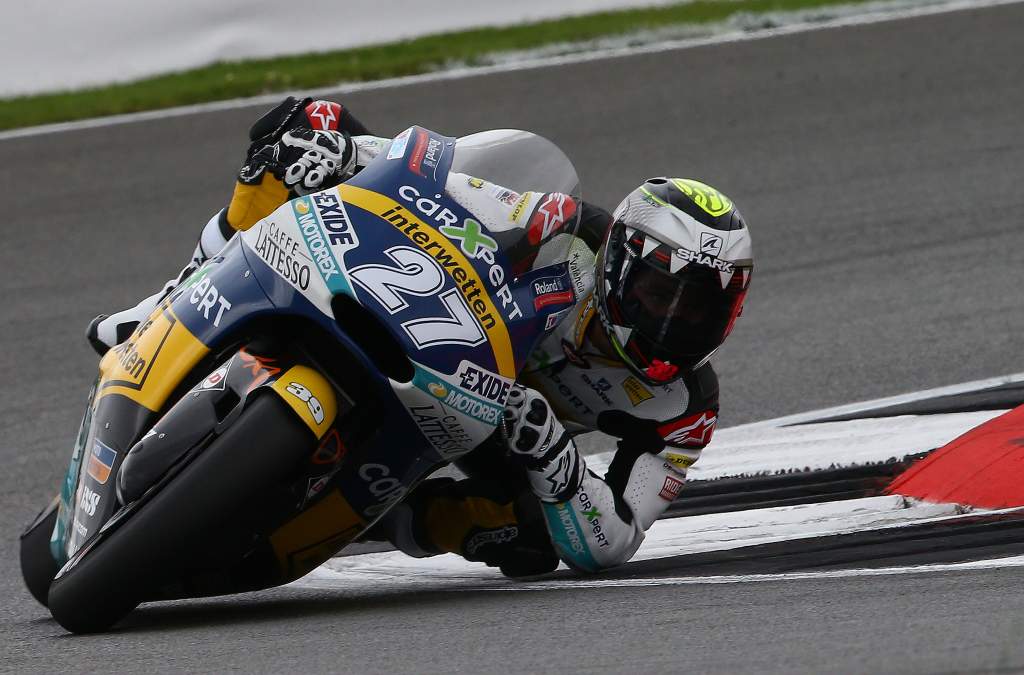
“Many kids at only 10 years old are riding on big tracks now, and at 10 years old you know nothing.
“You’re a kid and you want to enjoy yourself, but this is a very beautiful sport that has a very dangerous other side to it.
“We know what is possible in this sport, and I think that the two years of difference will be important because two years can change a young guy a lot. You know better what can happen, and I think that this is the correct move.”
Another point that’s perhaps often overlooked in the rush to get kids moved up through the ranks as soon as possible was raised by eight-time world champion Marc Marquez as well, though; riding for the love of the sport.
The junior classes are increasingly becoming a harshly competitive world in which only those children with parents who want them to race from a young age are able to rise to the top. Marquez admitted that he thinks the rule changes can help some to maintain their love of the sport, like he did.
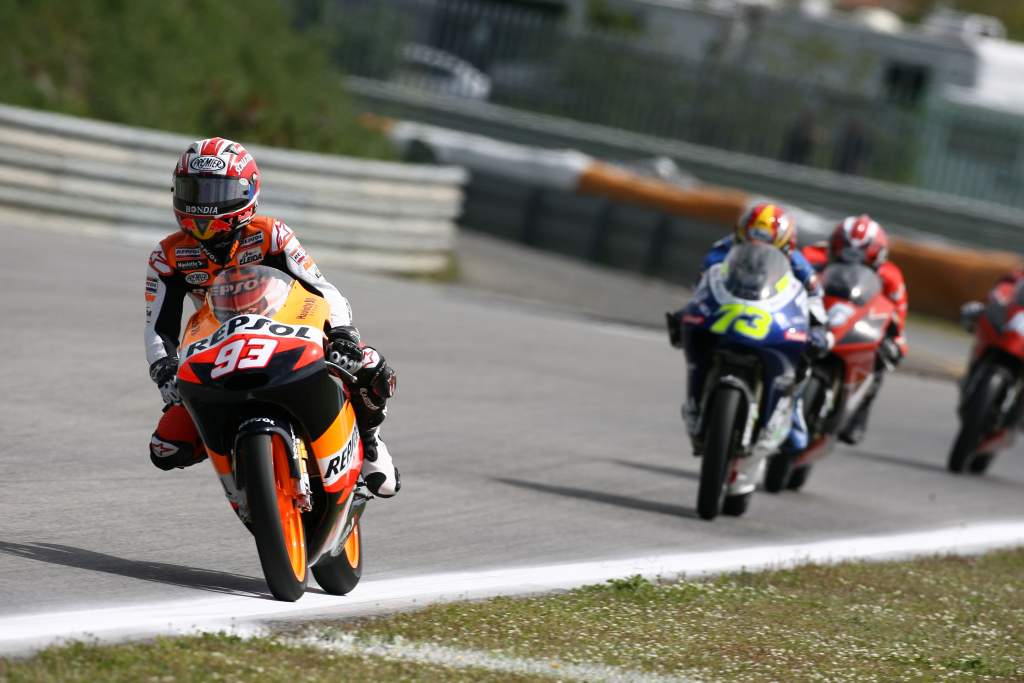
“Now it looks like if a baby at four or five years old is not on the bike it’s too late for them, but it’s not the case,” he explained.
“You can start on small bikes at seven, eight, nine years of age just for fun. It’s not necessary to compete and race. It’s good news for the motorcycling world.”


